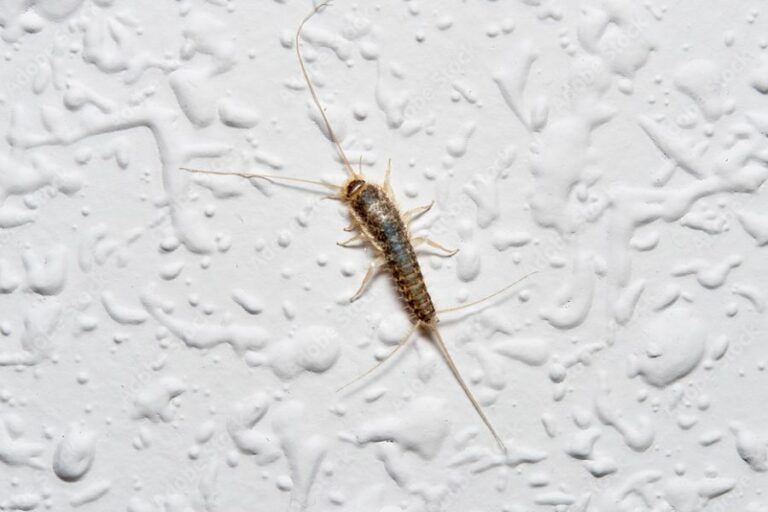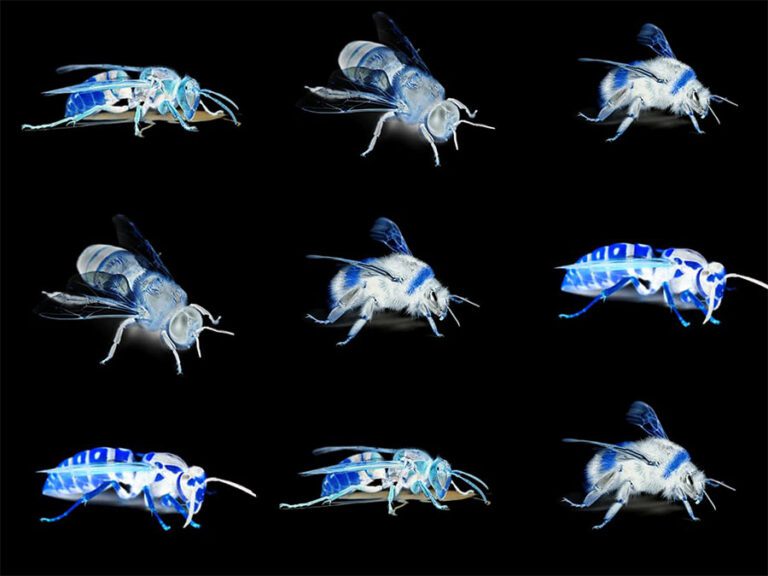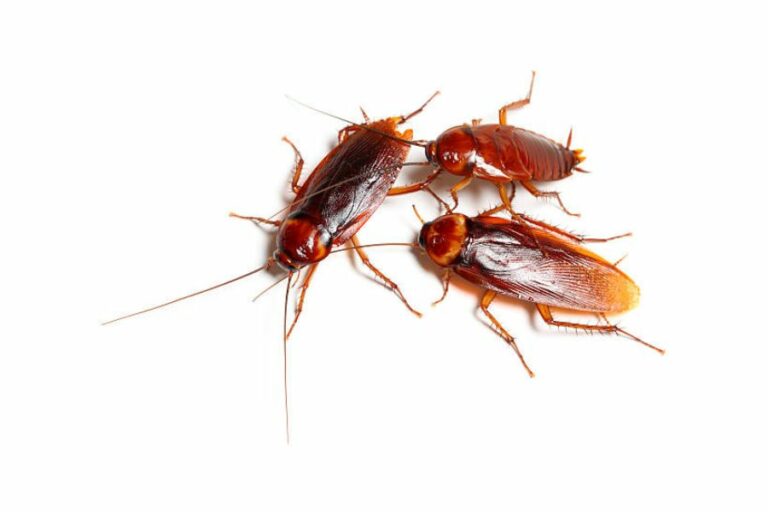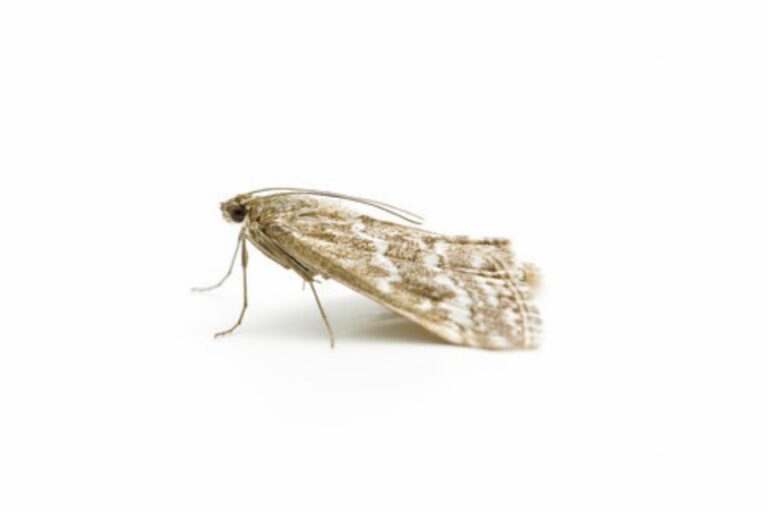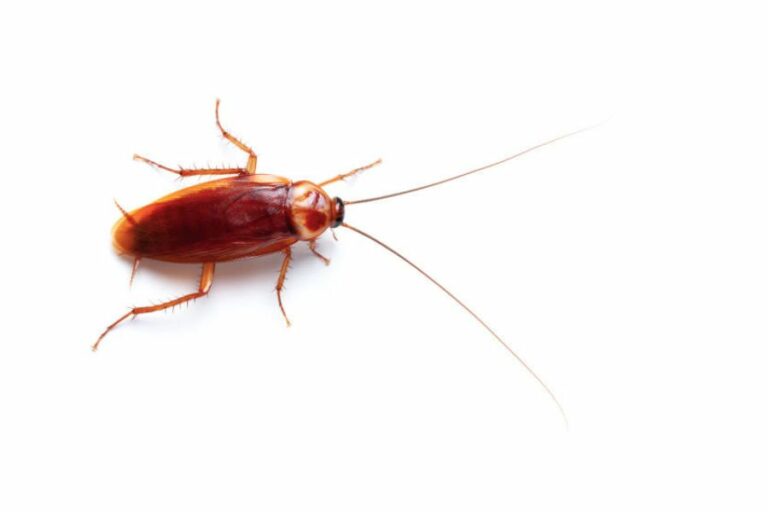Life Cycle of Fleas
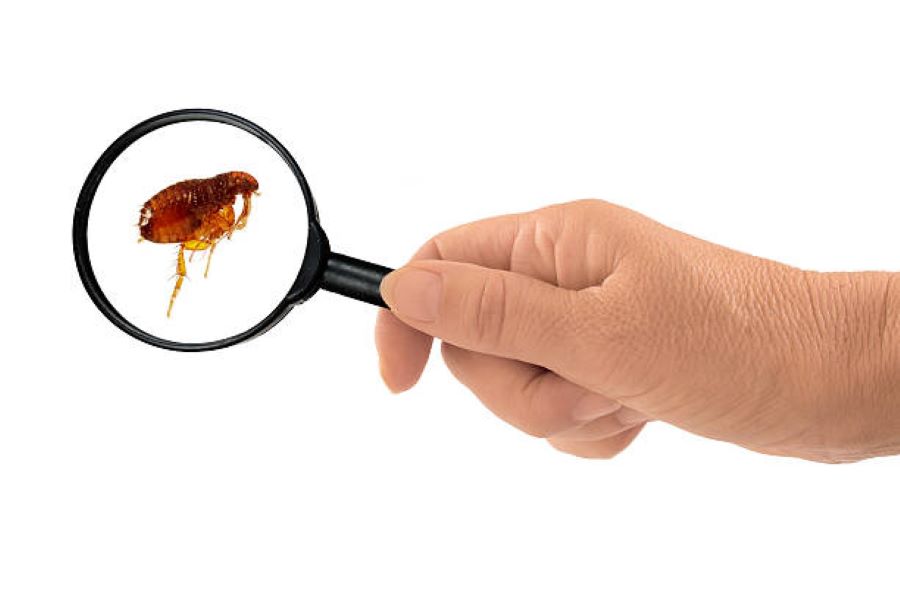
Unveiling the Flea Life Cycle: Eggs, Larvae, and Reproduction
Welcome to our comprehensive exploration of the fascinating life cycle of fleas. These tiny yet resilient pests have a remarkable journey from egg to adulthood, which involves multiple stages and intricate reproductive processes. Understanding the life cycle of fleas is crucial for effective control and prevention strategies in both our homes and outdoor environments.
In this blog, we will delve into the intricate details of the flea life cycle, starting with the minute eggs laid by the female flea. We will uncover the reproductive habits of these pests, including the astonishing number of eggs produced throughout their lifetime. Additionally, we’ll shed light on the hatching time of flea eggs, factors influencing their development, and the thriving conditions for flea larvae.
Join us as we uncover the hidden world of flea larvae, exploring their feeding habits, preferred habitats, and potential survival in outdoor environments. We’ll also unveil the pupal stage, a crucial period where fleas transform while safeguarded within protective measures. Discover the emergence of adult fleas and gain valuable insights into combating these pesky insects.
Embark on this educational journey as we unravel the intriguing secrets behind the life cycle of fleas, empowering you with the knowledge to protect yourself, your pets, and your environment from their persistent presence.
What is the life cycle of a flea, and how long does it take them to go through each stage?
The life cycle of a flea is a captivating journey full of remarkable transformations. It begins with the humble flea eggs laid by female fleas. These tiny oval-shaped structures, typically found in the infested animal’s environment, mark the starting point. From there, the eggs hatch into larvae resembling small, worm-like creatures. These larvae thrive in dark, moist areas like carpets, bedding, or soil, feeding on organic debris.
After the larval stage, fleas progress into the pupal stage. During this period, they undergo a remarkable transformation inside protective cocoons made of sticky silk. Depending on environmental conditions, the pupal stage can last from a few days to several weeks or even months. Finally, adult fleas emerge, ready to seek out a host and continue the cycle.
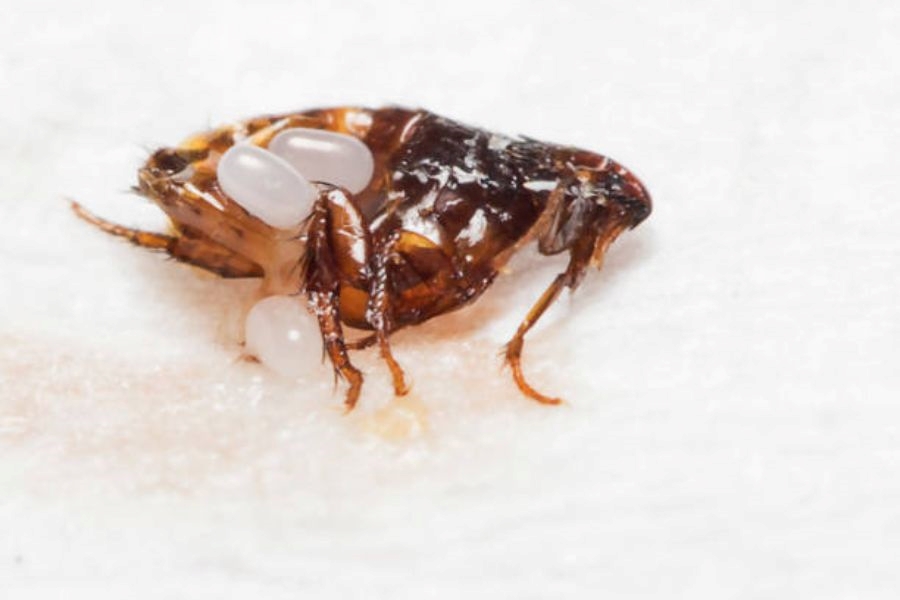
How do fleas reproduce, and what is their reproductive cycle like?
Flea reproduction is an exciting process. Adult female fleas mate with males shortly after emerging from the pupal stage. Once fertilised, a female flea can lay an astonishing number of eggs during her lifetime – around 500 to 600 eggs! These eggs are typically laid on the host animal but often fall off into the surrounding environment.
What are flea eggs, and where are they typically found?
Flea eggs are tiny, oval-shaped structures with a pearly white appearance. They are equipped with adhesive properties, allowing them to cling to surfaces and prevent them from dislodging easily. While initially laid on the host animal, flea eggs often end up in the animal’s environment. You can find them in areas where infested animals spend their time, such as carpets, bedding, floor cracks, or even outdoor hiding spots.
How many eggs can a female flea lay in her lifetime?
The reproductive prowess of female fleas is genuinely astounding. A single female flea can lay an astonishing 500 to 600 eggs throughout her lifetime. This exceptional egg-laying capacity contributes to the rapid population growth of fleas if left unchecked.
How long do flea eggs take to hatch, and what factors can affect their hatching time?
The hatching time of flea eggs can vary depending on several factors. Under favourable conditions, such as warmth and humidity, flea eggs can hatch in as little as two days. However, adverse conditions, like low temperatures or dry environments, can cause the eggs to remain dormant for several months, waiting for more suitable conditions to hatch. Temperature, humidity, and the presence of a host animal are the key factors influencing flea eggs’ hatching time.
What do flea larvae look like, and where do they thrive?
Flea larvae are fascinating creatures in their own right. They resemble tiny, white, worm-like beings with distinctive heads and multiple body segments. These larvae are photophobic and prefer to avoid light and instead thrive in dark, moist environments. Carpets, pet bedding, floor cracks, and even soil are ideal conditions for flea larvae to feed and grow.
How do flea larvae feed and develop before they become adults?
Flea larvae have a voracious appetite and play a crucial role in the flea life cycle. They actively feed on organic debris found in their environment. This includes flea faeces, skin cells, hair, and other matter. By diligently feeding and moulting several times, flea larvae continue to grow and develop until they are ready to progress to the next life cycle stage.
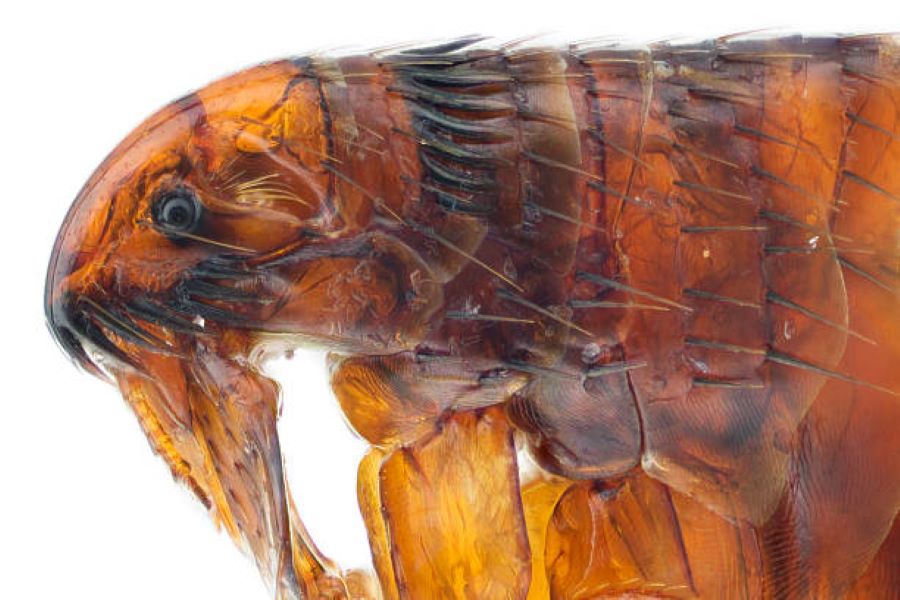
Can flea larvae survive in outdoor environments, such as lawns or gardens?
While flea larvae prefer indoor environments, they can survive in outdoor spaces. Shaded and humid spots, like lawns or gardens, provide suitable conditions for their development. However, they are more commonly found indoors, where pets spend most of their time. So, it’s essential to be cautious and implement preventive measures indoors and outdoors to keep flea populations under control.
What is the pupal stage of a flea, and how long does it last?
The pupal stage is a crucial period of transformation for fleas. Pupae are enclosed within protective cocoons made of sticky silk, shielding them and camouflaging them with surrounding debris. Depending on environmental conditions, this stage can last from a few days to several weeks or even months. It serves as a time of development and preparation for the emergence of adult fleas.
What protective measures do flea pupae have, and how do they emerge as adults?
Flea pupae possess special protective measures that make them resilient and difficult to eliminate. Their cocoons act as a safeguard, shielding them from external threats, including many insecticides. Inside these protective chambers, pupae undergo metamorphosis, undergoing significant changes to transition into adult fleas. They remain in this stage until triggered by stimuli such as warmth, vibrations, or the presence of carbon dioxide, which signals the proximity of a potential host. Once triggered, adult fleas emerge from their cocoons, ready to seek out a host, feed, and continue the flea life cycle.
In conclusion, the life cycle of fleas is a captivating tale of resilience and adaptation. We gain valuable insights into their behaviour and vulnerabilities by understanding the various stages, from the tiny eggs to the elusive pupal cocoons. Armed with this knowledge, we can implement effective prevention and control measures to protect our homes, pets, and ourselves from the relentless nuisance of fleas. So, let us be vigilant, disrupt their life cycle, and create an inhospitable environment for these tiny invaders. Together, we can ensure a flea-free environment, granting us peace of mind and a comfortable, pest-free existence.
